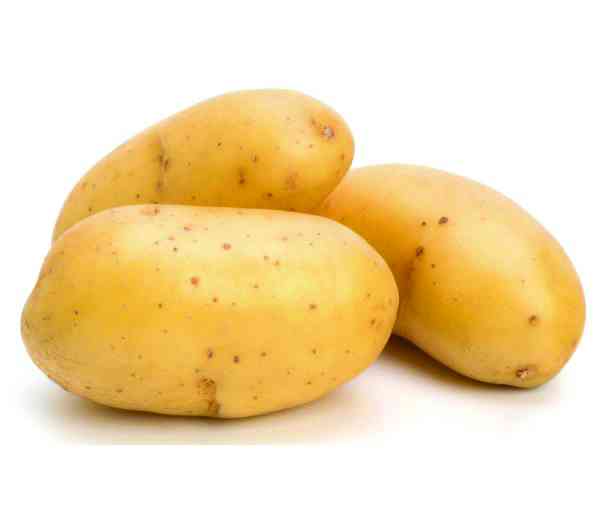
1.0 Importance of post-harvest care
The Irish potato is a vital cash crop, central to both food security and farmer livelihoods.
While producing a good crop requires skill and dedication, true profits are determined after harvest.
Without proper care, farmers can lose up to 30% or more of their yield through poor handling, storage, and transport.
However, most of these losses can be prevented with simple and effective post-harvest practices.
2.0 Choosing the right potato variety
The journey to preserving tuber quality and maximising your profit begins long before the storage shed, it starts with choosing the right variety for your market and knowing how to handle it.
2.1 Fresh produce
Selecting the correct variety is the first critical step in post-harvest success.
For farmers targeting the early fresh produce market, an early-maturing variety like Diamond is ideal.
Known for its excellent tuber distribution and high percentage of marketable tubers,
Diamond performs reliably under various conditions, yielding 40-60 tonnes per hectare.
Its off-white skin and flesh, oval shape, and shallow eyes make it a consistent favourite for the fresh produce market (Fig 1).
2.2 Processing variety
For those looking at processing varieties, supplying the booming crisps and chips industry or requiring a The Irish potato is a vital cash crop, central to both food security and farmer livelihoods.with a longer shelf life for extended sales windows, the Hermes variety is superiorThis medium-maturity potato boasts a robust yield of 40-60 t/ha, with yellow skin, pale yellow flesh, and a round-oval shape that stands up well to storage and transport (Fig 2).
3.0 Timing of harvest
Once the ideal variety is in the ground, timing the harvest is paramount.
Harvest must only commence once the crop is fully mature, signified by yellowing, brittle leaves and tubers that detach easily from the plant.
3.1 Harvesting guidelines
- For table/commercial potatoes, harvesting must be carried out 15–20 days after the vines are completely dry, allowing skins to thicken.
- For seed potatoes, harvesting should be done earlier, with foliage removed to harden skins and reduce disease transmission.
- Digging must be done during warmer hours (soil temperature above 10°C), while avoiding excessive heat.
Cold soils make tubers brittle, whereas high heat increases the risk of storage rot.
3.2 Harvesting techniques
Gentle handling makes the difference between premium produce and waste:
- Harvesting equipment must be well-maintained and operated by trained workers.
- Farmers should use wide hoes, forks, or spades to minimize bruising and cuts.
- Field sorting should be done immediately after harvesting to separate healthy tubers from damaged or diseased ones.
- Slightly damaged potatoes should be sold or consumed quickly, while diseased ones must be buried far away from the field to protect the next crop.
4.0 Storage recommendations
The final, and perhaps most crucial, step is storage.
For seed potatoes, this means treatment with an approved pesticide and storage in complete darkness between 4–10°C, always in new sacks to prevent disease.
For table potatoes, do not wash them if you plan to store them. Instead, brush off the soil gently.
They must be kept in complete darkness at 4–5°C with high humidity (90-95%) to preserve firmness, taste, and appearance.
4.1 Low-cost storage options (without cold rooms)
For farmers without access to cold rooms, low-tech solutions like well-ventilated sheds insulated with straw, or improved pits lined with straw and covered with vented lids can be highly effective.
The difference between a farmer who just grows potatoes and one who runs a profitable enterprise is often what happens after harvest.
By investing in knowledge and careful handling, farmers can protect their hard work, get their full yield to market, and see a direct positive impact on their profits.
*For more information on seed potato varieties and agronomy please contact SAP at Kutsaga on 086 88002604











